By Angela, Danielle, and Rustina, Contributing Writers.
You’ve certainly heard the buzz about cod liver oil (CLO). If you’ve been a crunchy mama for more than a minute, you’ve read about the amazing everyday benefits of adding cod liver oil to yours AND your little one’s regimen. Indeed, cod liver oil has a host of benefits when supplemented daily, but did you know that it could also be used to support healing for certain ills?
Where did it originate?
According to Jordan Rubin in his book The Great Physician’s Rx, Cod liver oil began showing up in the fishing communities of Norway, Scotland, and Iceland in the middle of the nineteenth century. They endured harsh winters with long periods of darkness in some of the most remote places in the world. During illness they turned to cod liver oil because they had learned over the years that its medicinal properties were a natural, effective remedy for many of the infections that ailed them. By the 1890’s, Cod liver oil was commonly used to treat rickets (a severe deficiency in Vitamin D) in malnourished children, and adults relied upon it when they complained of rheumatism or arthritis. They believe it lubricated the joints.
Why did it become so popular?
One of the most important fats to intake, Omega-3 fatty acids, are found in Cod liver oil. Omega-3 fatty acids are highly concentrated in cold-water fish such as salmon, sardines, bluefish, herring, lake trout, mackerel, sablefish, whitefish, bluefin tuna, anchovies, as well as in cod. Cod liver oil also contains EPA (eicosapentaenoic acid), DHA (docosahexaenoic acid), Vitamin A, and Vitamin D.
Jordan Rubin also says that Cod liver oil contains more Vitamin A per unit weight than any other common foods, almost 3x more than beef liver, the next richest source. He believes, if you don’t regularly eat beef liver or butter produced from grass fed cows, you are possibly deficient in Vitamin A.
According to Patrick Quillin, PhD, RD, CNS of the book Beating Cancer with Nutrition,
“Fish oil is therapeutic and can help to slow cancer. Cod liver oil augments immune system, improves production of favorable prostaglandin PGE-1, prevents metastasis of cancer cells by changing the stickiness of cells, improves cell membrane dynamics to augment nutrients absorption and toxin elimination….Fish oil may be as effective as any cancer treatment available. In a study examining end-stage refractory cancer patients who had exhausted all chemo and radiation options, fish oil supplements provided a substantial improvement in length of life and immune functions.”
Ramiel Nagel, author of Cure Tooth Decay, studied Dr. Weston Price’s findings on tooth decay and how to reverse it. Dr. Price found that indigenous groups which had the highest immunity to tooth decay ate daily from at least two of the following principal fat-soluble vitamin sources:
- Dairy products from grass-fed animals
- Organs and head meat from fish and shellfish (such as Cod liver)
- Organs of land animals
What makes Cod Liver Oil so special?
There are 4 main properties in cod liver oil that are talked about when mentioning the power of it.
- Vitamin A
- Vitamin D
- Omega 3 Fatty Acid DHA
- Omega 3 Fatty Acid EPA
Vitamin A
While it is more popular for its help with eyesight and smooth skin, other ways it helps the body is development of the immune system and production of the epithelial barrier linings. These types of linings are all over the body – the gut, urinary tract, eyes, and even the lungs and bronchial system (2).
When we don’t have enough vitamin A to use in the body, then the lining isn’t as strong and it stratifies. This lining is really important. Some materials like enzymes, inhibitors, peptides, or other substances need to pass, but some like food particles, fungi, and toxins we don’t want to let pass through (3).
Vitamin A supports the immune system response by helping develop some of the big defenders like the killer T cells that go after invading bacteria and virus cells (5). Vitamin A is one of the factors in both T and B cells growing, maturing, and signaling these cells (6).
There are two main forms of vitamin A:
- Preformed Vitamin A such as the retinoids
- Pro-vitamin A such as the carotenoids
Retinoids can be used by the body almost immediately making them the most bioavailable. This makes retinoids much easier to convert and more readily available (7).
Retinoids can be found in:
- Liver
- Eggs
- Cod Liver Oil
- Butter
- Cheese
- Fish
Carotenoids are the pigments. They make a yellow appearance in fruits and vegetables. The most popular carotenoid is beta-carotene. Carotenoids need to be converted by the body to be used. The conversion rates for carotenoids can vary based on your gut health, how much is in the food, and how it’s prepared. It may be as low as 1% at times. So if you eat 100 grams of raw carrot with 835µg (micrograms) of vitamin A your body may absorb as low as 8.35µg (8). If it does absorb more than it can convert, it either flushes out the carotenoid or it stores the pigment (which is how too much vitamin A can cause yellowing of skin). This is almost always the cause of isolated high dose vitamin supplementing. I have seen it happen in real life. It was the result of eating very large amounts of carotenoids. In this case baby carrots at a rate of a bag a day and paired with a prenatal containing vitamin A from beta-carotene as well. Toxicity is very rare to happen from real food alone.
Fortunately, with Cod Liver Oil, it is retinoids that are used easily by the body and it is paired with vitamin D. The two together help the body utilize each other more efficiently.
Carotenoids can be found in:
- Green leafy vegetables and other green, orange, and yellow vegetables, such as spinach, sweet potatoes, carrots, broccoli, and winter squash.
- Fruits, including cantaloupe, mangos, avocados, and apricots.
Both forms have their benefits and drawbacks. Like most things, the best practice is to find a moderate level from a variety of sources – “all things in moderation.”
Symptoms of Too Much Vitamin A:
- Anorexia
- Intestinal disturbances
- Enlarged liver
- Anemia
- Hypercalcemia (too much calcium in blood)
- Subcutaneous swelling
- Nocturia (waking up in the night to urinate)
- Skin changes like yellowing or dryness,
- Photosensitivity (sensitive to UV light
Symptoms of Vitamin A deficiency (9):
- Night blindness
- Susceptibility to Measles
- Leaky gut (without sufficient vitamin A the linings become striated)
- Dryness of the eyes
- Cornea ulcerations
- Reduced immune response leading to frequent illness/infection
- Breakdown of the retina (blurry vision and many floaters).
The RDA for an adult ages 19-50:
- Female (not pregnant nor lactating) 700 mcg RAE/2300 IU
- Male is 900 mcg RAE/3,000 IU
*RAE (retinol activity equivalent)
Vitamin D
Vitamin D is a big supporter of the immune system. It plays such a crucial role that nearly every cell of the immune system has vitamin D receptors to properly function (10). This includes the epithelial cells for the mucus linings. The presence of vitamin D even alters the immune cells into a tolerogenic state (this helps the cells respond to inflammation and other issues such as autoimmune conditions).
Vitamin D works best in synergy with vitamin A (they both even occur in some of the same foods such as Cod Liver Oil), zinc, magnesium, vitamin K2, and boron.
You can learn more about the importance of vitamin D in our article What You Need to Know About Vitamin D.
Symptoms of a Vitamin D Deficiency (11)(12):
- Hyperparathyroidism symptoms including:
- bone pain, joint stiffness, muscle aches, fatigue, and muscle twitching
- bone fractures
- Irritability
- Lethargy
- Developmental delay
- Deficiencies may lead to:
- obesity, diabetes, hypertension, depression, fibromyalgia, chronic fatigue syndrome, osteoporosis and neuro-degenerative diseases including Alzheimer’s disease.
DHA
DHA (Docosahexaenoic acid) is an Omega 3 essential fatty acid. We can’t produce it ourselves, so it’s really important that we get what we need from food. DHA’s main function is to support the brain (up to 20% of our grey brain matter is DHA), eyes and heart (13). It is a powerful antioxidant that decreases oxidized stress.
EPA
EPA (eicosapentaenoic acid) is also an Omega 3 essential fatty acid. EPA is another long chain fatty acid that we cannot make ourselves, we must consume it. Its biggest support goes to eyes, heart, and reducing inflammation (14). Together with DHA, they are quite the power team!
What are the benefits that science has found?
Cod liver oil has been studied extensively for its healing properties.
Cod Liver Oil’s Vitamin D and Omegas Supports Healthy Cell and Immunity Function
Vitamin D plays a key role in “basic cell function like multiplication, differentiation and metabolism” (15)(16). Omega-3s are a critical part of cell membranes influencing the function of the cell receptors in these membranes (17). Remember from above that the Vitamin D receptor is on every immunity cell, it is that crucial!
It is even suggested that the combined efforts of the already anti-cancer Vitamin D and the Omega 3 Fatty acids, may make cod liver oil an even better option, synergistically working together (18).
May Help Heart Health
Cod liver oil has been shown to reduce and aid serious heart conditions. Studies have shown that cod liver oil may reduce atherosclerosis (plaque in arteries), as well as reduce high blood pressure and lower cholesterol levels (19). But how can a fat help heart health? It acts to lower triglycerides, which are like a bad fat in the blood vessels causing impaired heart function (20). Omega-3s help regulate blood clotting, contraction and relaxation of artery walls, and inflammation (21).
Ways cod liver oil may help heart health (22)(23)(24):
- Thins the blood
- Protects arteries from damage
- Inhibits blood clots
- Reduces blood triglycerides
- Lowers LDL blood cholesterol
- Lowers blood pressure
- Reduces risk of heart attack and stroke
May Help Diabetes
A handful of studies have shown that supplementation with cod liver oil can help improve glucose and insulin levels in the blood (25)(26). Supplementing during pregnancy and through the young years of life may even lessen the chances of being diagnosed with diabetes. It’s a common misconception that fat causes you to be overweight. The truth is good fats help us balance our less beneficial fats, and is needed for essential body systems to function well.
Anti-Inflammatory and May Help Arthritis
Cod liver oil has strong anti-inflammatory effects (27). Because of this, arthritis – even that caused by inflammatory autoimmune conditions – may be eased by taking it (28). That would help the pain and cause the immune system to begin functioning to a point where it may be able to help with arthritic joint pain as well as reduce dependency on prescriptions (29)(30)(31).
Improves Bone Health
We know that vitamin D plays a much more crucial role in bone health than once thought, and the high levels of vitamin D in cod liver oil will strengthen your little ones’ bones (32).
Improves Growth
A number of moms (us included) are worried about their child’s growth and weight gain. Many may turn to Pediasure and other chemical-laden child vitamin supplements in this case. But the high levels of omega 3’s, DHA, and EPA, and anti-inflammatory effects make this a better and safer go-to. Not only is DHA and EPA required for the healthy growth of an infant’s brain, it is also needed for continued function of adult brains too (33).
May Help Balance Hormones, Fertility, Pregnancy, and Breastfeeding
Some research suggests that Cod Liver Oil can help balance hormones (34)(35)(36)(37)(38).
It is the omega 3, vitamin D, and vitamin A with their anti-inflammatory properties of cod liver oil, that is believed can balance hormone levels involved with libido, sexual hormone production, and ovulation. If you are trying to conceive, it may help to supplement with CLO to ensure that your hormones and hormonal glands are working optimally. Omega-3s are the starting point for producing hormones (39).
If you scour the commercial prenatal vitamins on the shelf, you will see most with added DHA and/or EPA. DHA has been found to boost brain development in fetuses and babies. Supplementing with cod liver oil during pregnancy and breastfeeding will ensure your babe has all the DHA and EPA needed for a brain boost, without the synthetic chemicals of most prenatals. Read more about What Nutrients You Really Need in Pregnancy.
May Help Ulcers
The majority of our immune system is in our gut, and everywhere you turn, digestive issues abound. Cod liver oil has been shown to aid the healing of gastric ulcers.
May Help Cavities, Soft Teeth, and Teeth Sensitivity
Your dental health truly matters as they are an insight to what is occurring internally. A soft spot, cavity, or sensitivity should not go ignored. The vitamins and minerals in cod liver oil can aid in dental health and reduction of dental caries (40).
May Help Wound Healing
The vitamins in cod liver oil can help prevent infection in a wound taken internally. Studies have also shown that it is beneficial topically on wounds to speed healing. Yet another reason to have this one on hand at all times
May Reduce Migraine Headaches
Studies have found that diets rich in omega-3 fatty acids can help reduce headaches and migraines as well as have pain-reducing effects (41)(42).
May Help Upper Respiratory Health and Sinusitis
This study indicates that it may play a role in reducing and improving chronic sinusitis. It may also reduce the risk of asthma (43).
Supports Eye and Brain Health
Vitamin A and the Omega 3s are very important in eye and brain health with their anti-inflammatory properties and support of lining structure. They can help reduce the risks of the 2 lead causes of eye sight loss, glaucoma and degenerative disease (44)(45).
Omega 3’s have been shown time and time again to promote overall brain health, including aiding conditions such as ADD, ADHD, and autism. Numerous studies have found a connection between low omega 3 levels and Alzheimer’s.
May Reduce Depressive Symptoms
This study found a significantly lower occurrence of depression with long term regular use of cod liver oil, as well as this study with 21,835 people. Vitamin D has also been linked to having reduced depression symptoms (46). Research also indicates the omega 3’s may be able to help reduce psychiatric symptoms with their ability to increase brain structures, metabolism, and anti-inflammatory properties during times of depression-related stress.
Other Benefits:
May Improve Sleep Quality
One study found that higher blood levels of omega-3s were significantly associated with better sleep quality, including decreased bedtime resistance, sleep disturbance, and parasomnias (51). Another study concluded that omega-3s provide a beneficial role in sleep, including an overall increase in sleep efficiency and a reduction in sleep latency (52).
What to look for when buying cod liver oil?
Avoid Over Processed and Enriched
Look for cod liver oil that has not had artificial Vitamins added, and hasn’t been bleached, deodorized, or distilled. Most likely the fat soluble Vitamin A and D are destroyed in that process. Cold-pressed is the most nutrient friendly process.
Here are some main points to look for in a healthy cod liver oil:
- Cold processed, because heating and other methods of processing can cause rancidity and lose vitamins and minerals.
- Sustainably-farmed or harvested
- Openly claims where the fish is farmed or caught. Even when properly processed, a fish’s health hinges on the health of the water in which it grew. Be sure to find a company which openly tells of where its fish are farmed and certifies the waters’ quality.
- Non GMO. Many fish are fed GMO feed, be sure that it is not the sustenance of your supplement.
Fermented or Not Fermented?
This is a big debate, too large to fit into a tiny paragraph here. Basically, it isn’t fermented, it is rancid, or putrefied if you prefer. It still has benefits because Cod Liver Oil is that awesome, but it does not offer more benefits being what some companies choose to call “fermented.” You can read more about that here: Is Fermented Cod Liver Oil The Real Deal…or a Sick Hoax?
How to take it?
If the cod liver oil is cold pressed, the taste isn’t as strong or unpleasant. Some are available with lemon, mint, or other flavors to mask the taste and smell.
Some say it is an acquired taste, and that it may take a few weeks of getting used to. You can also purchase it in capsule form.
It can be hidden in smoothies and milkshakes pretty well as long as there is a stronger flavor such as mint (try this Shamrock Milkshake recipe).
Dosage Suggestions
You certainly need higher doses of cod liver oil when bringing about therapeutic results, as opposed to your daily dosage for maintenance. Before adding a therapeutic amount, begin slowly and test how you feel. If you feel nauseous or experience digestive upset, lower the dosage.
This may be a normal part of your immune and other systems detoxing or starting back up from a paralyzed state, but you still should pay careful attention to your body when adding any new supplement. The suggested dosages below are a guide, but be sure to monitor your own body’s response and consult your health practitioner if you have any concerns.
- Daily dosage for children (3 to teenage): 1/4 teaspoon daily
- Daily dosage for adults (teens to adult): 1/2 teaspoon daily
- Daily dosage for pregnant and breastfeeding women: 1 teaspoon daily
- Therapeutic dosage for children (3 to teen): 1/2 teaspoon daily
- Therapeutic dosage for teens to adults: 1 teaspoon daily
- Therapeutic dosage for pregnant and breastfeeding women: 2 teaspoons daily
Final Thoughts
Obviously, there are a lot of real and potential benefits to cod liver oil. We want the best outcome for ours and our children’s health. We know you do too. Cod liver oil is a great addition to your daily diet.
If you are looking for a clean, cold pressed Alaskan Cod Liver Oil, then try Earthley Wellness’ Cod Liver Oil.
Disclaimer: This post is not intended as medical advice. These statements have not been evaluated by the FDA, and nothing in this post is intended to diagnose, treat, or cure anything. If you have questions, please do your own research or seek advice from a health professional.

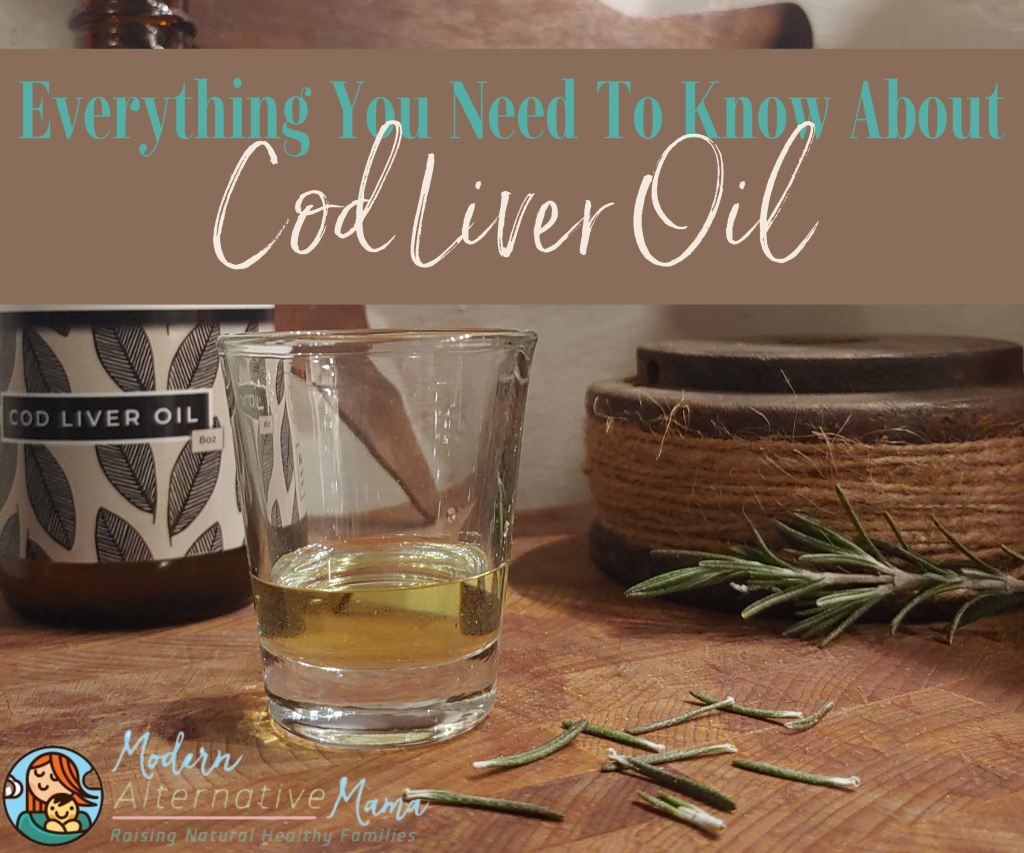
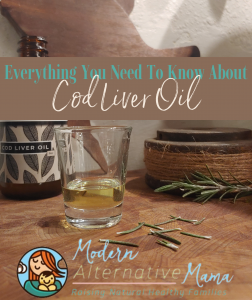

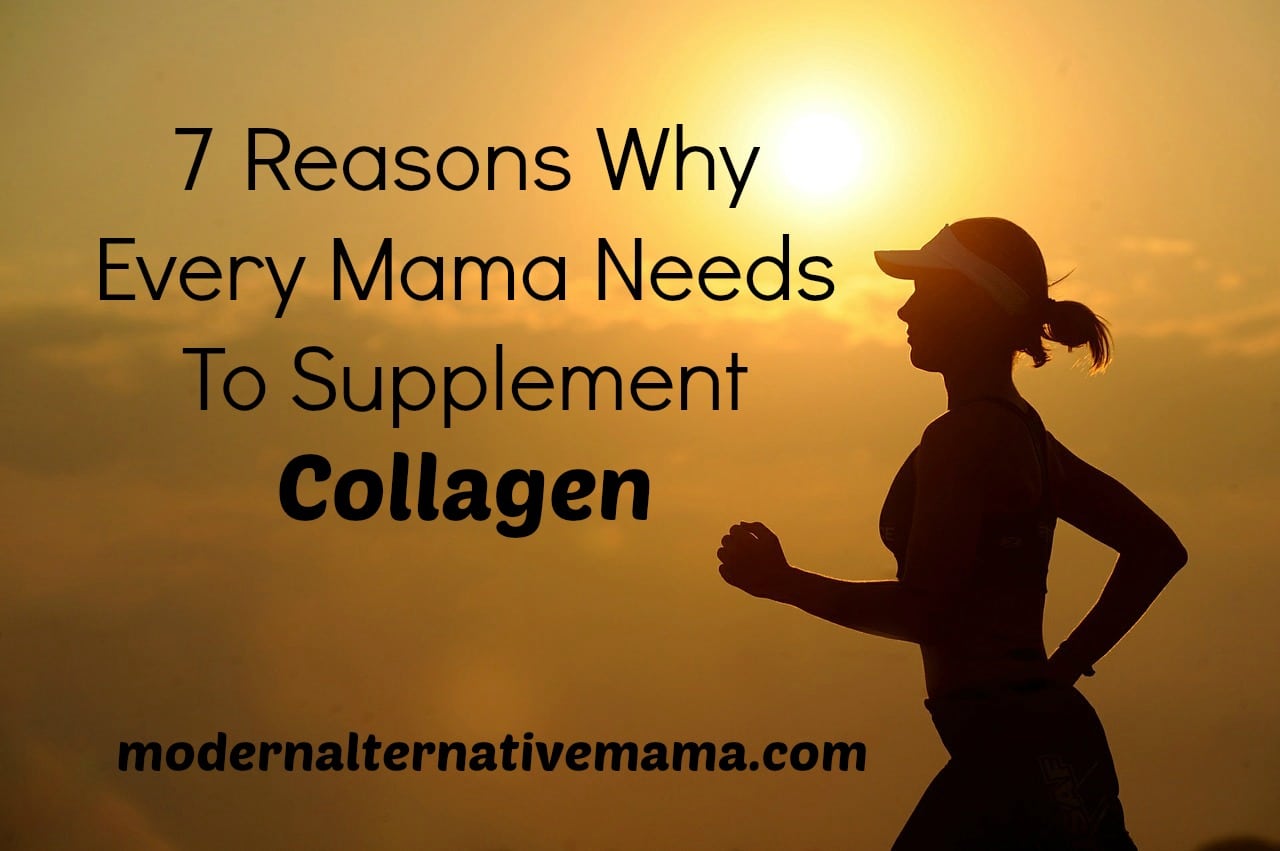
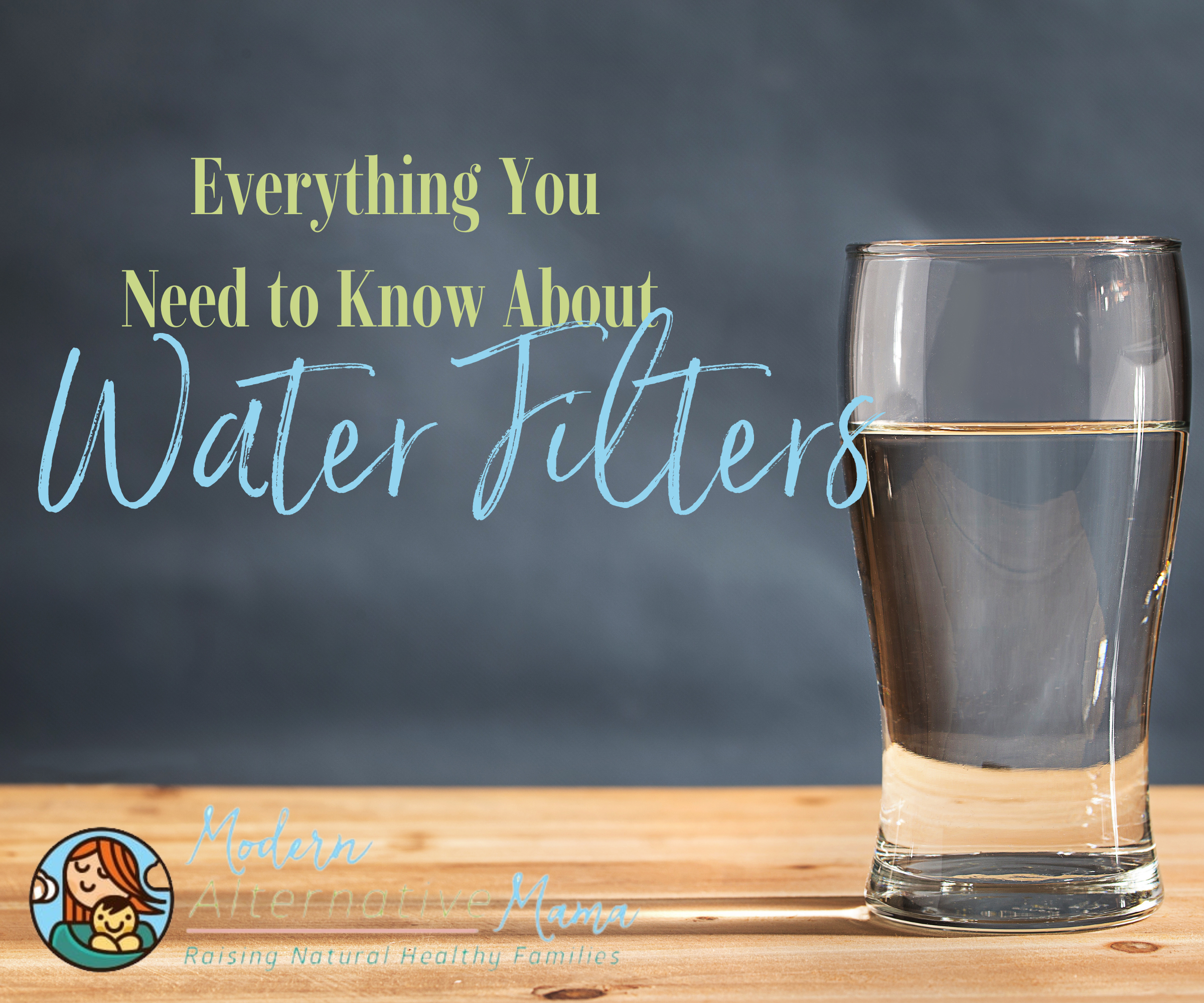
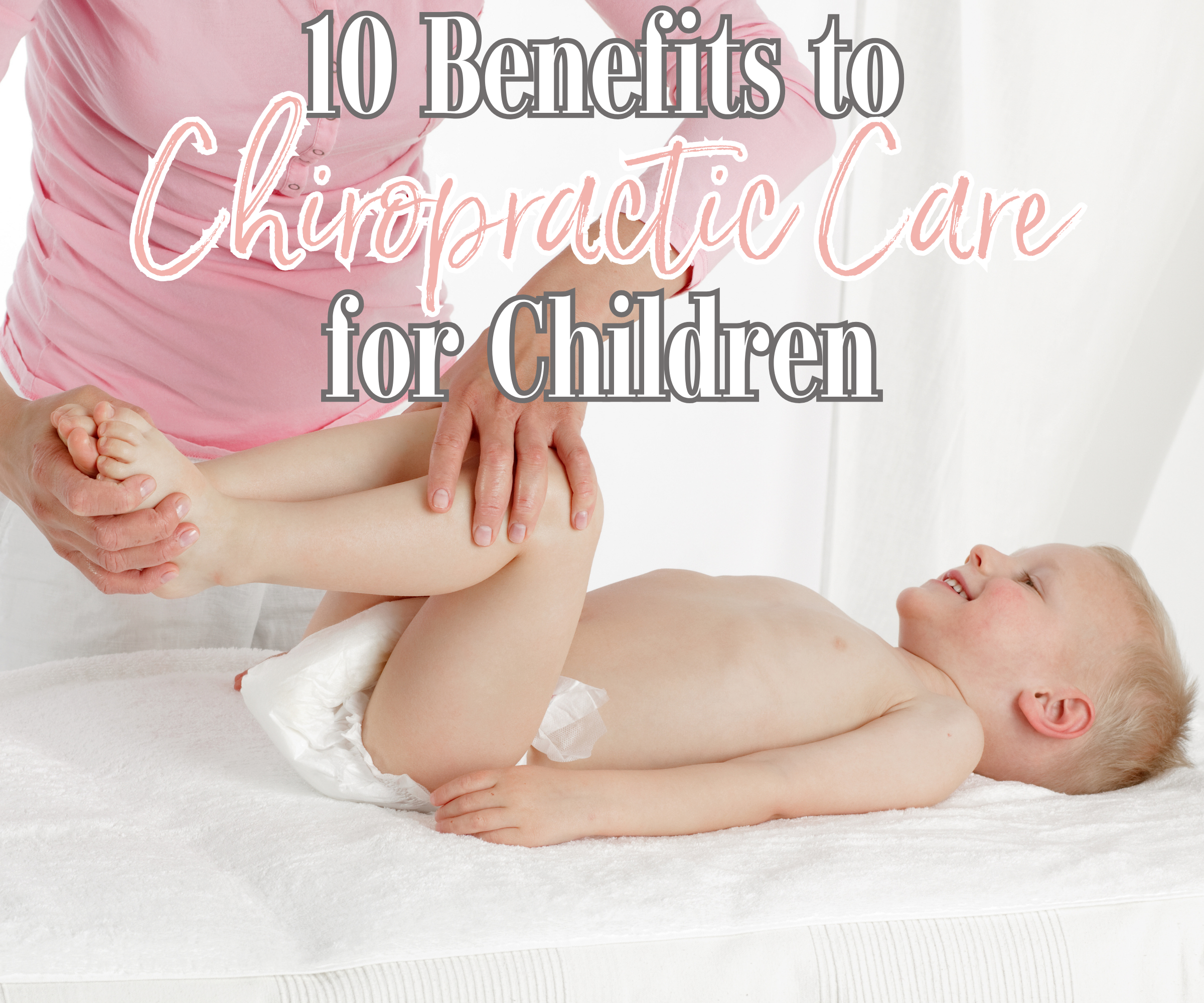

I just bought some Fermented oil from Green Pastures Orange flavored. But now how do i get my kids to ingest it. I think that i should have bought the no flavor kind! Any ideas how to mask this oil? Thanks
Looking for suggestions for a good cod liver supplement. Help please?
Amanda, I put it in my 2 and 1/2 year old’s smoothie every other day. I have also put it in a small bowl of yogurt. He has been taking it for awhile now with no complaints. I first tried it mixed just in water and did not mix well at all and it also burned my throat, so I also take it this way as well. Hope this helps! 🙂
I take Barlean’s Fish Oil Supplement. The ingredients say “Purified Fish oil (Salmon Oil and/or Cod Liver Oil). Is this good enough or should I be looking into something different?
Don’t buy unflavored – we thought the same thing after the Cinnamon flavor was too spicy for out littles. But unflavored was NOT good either. They line up an clamor for the peppermint FCLO though – literally beg to be first (ages 6, 4, and 2). It’s pretty tasty (for FCLO).
Does anyone have any experience with FCLO and fish allergies? I’ve heard that people with fish allergies don’t react with fish oils, but I’m a bit nervous to try it.
What is good to take for healthy joints? Is FCLO good for this?
[…] The Many Health Benefits of Cod Liver Oil […]
I have taken FCLO all last winter and just started back up last week. I take the original flavor but I add a little celtic salt to the bottle. My children take the butter oil/FCLO capsules with water. It is an acquired taste, but the benefits SO outweight the acquired taste you get over it. Just hold you nose, swollow the FCLO, breathe out still holding your nose, take a sip of something stronge, breathe out, take another sip, breathe out and let your nose go. You will never taste it. At least that works for me.
Why haven’t you guys tried capsules? No taste there!
I like Carlson’s CLO or fine fish oil. (lemon flavored)
My cousin and I both have asthma. She tried cold press COL for three months she does not have to use her rescue inhaler any more. Now I am useing it so it can help me.
My cousin recomended cold press CLO. She and I both have asthma. She says she doese not use her rescue inhaler any more after takeing CLO for three straight months.
anyone out here taking cod liver oil for “osteo” and if so what results if any did you experience ???
I started giving my 3 & 1/2 year old borderline Autistic son Nordic Natural CLO 3 months ago. Within 2 weeks my husband and I noticed more eye contact and more attempt at communicating w/ us. Within a month of starting his speech therapist commented on seeing longer attention span when working w/ him and he was attempting more words. After a month we tripled his dose from 1 tsp to 3 tspn spread through out the day. It has been amazing. It is the first time in a year of speech therapy that we have seen progress.
[…] Modern Health Alternative, […]
Thank you for the work. Article aided me a lot
I have been taking fermented cod liver oil for two weeks now. I have to take it right before a full meal so it does not repeat on me. But, I have seen an amazing difference in my mood and my energy level. I have also been doing oil pulling for over a month and hope my oral health improves.
I recently bought the Green Pastures CLO (in Cinnamon tingle)& butter Oil (capsules) for myself & my children. I was very hesitant to give it to my children who are very picky eaters, but suprisingly, my children actually LIKE the CLO! They take 1 tsp a night with some OJ and then i break open the butter capsules (bc they cannot swallow pills yet) and i spread it on a cracker with peanut butter. They give me a harder time with the butter oil than they do with the CLO- go figure!
We did find that it repeats on you if you have an empty stomach, so we tend to take it after dinner. You will still get a few fishy burps, but its not nearly as bad.
I have been taking CLO for a couple of years, I read in a health that it was good for joints, my joints have improved plus my hair and skin. I also read that it should be taken on an empty stomach as lubricates your system before eating.
[…] The Many Health Benefits of Cod Liver Oil | Modern Alternative Health […]
I take cod liver oil with a small amount of fruit juice, down in one! My nails are in better condition, and I feel healthier. Some brands are sold as ‘cod liver oil’, not ‘pure cod liver oil’. If it is not pure cod liver oil it could contain fish oils from other parts of the fish, and have added vitamins.
I have just read that fish oils are linked to prostrate cancer. Is this true?
Chase the cod liver oil with OJ or another citrus juice. It completely kills the aftertaste.
[…] Lightly Lemon Cod Liver Oil- This stuff is a proclaimed cure-all and is loaded with Vitamins A, D, E and Omega-3′s. I’ve been taking it for almost a […]
[…] also used in the healing of glaucoma and cancers. You can check out the endless benefits here, here and […]
[…] Acids. This powerhouse real food helps regulate and improve overall function of your immune system [source]. Read more about Fermented Cod Liver Oil here and here. Shot Recipe: Fermented Cod Liver Oil […]
CLO sandwich is the best way to take CLO. Put some oj or other juice in a glass then the CLO and top it with more juice and drink it. You won’t know that there is any CLO in it.
[…] Fermented Fish Oil. Fun story – I bought my mother some fermented cod liver oil capsules and, within days of taking them, her dodgy knees (which had been plaguing her for years) were gone. No more pain. That’s just one small example of how wonderful this stuff is. Rich in Omega 3s and vitamin A, fish oil is not only good for your joints, it’s also great for your brain, your immune system and your heart. […]
[…] Lightly Lemon Cod Liver Oil- This stuff is a proclaimed cure-all and is loaded with Vitamins A, D, E and Omega-3′s. I’ve been taking it for almost a […]
[…] Acids. This powerhouse real food helps regulate and improve overall function of your immune system [source]. Read more about Fermented Cod Liver Oil here and here. Shot Recipe: Fermented Cod Liver Oil comes […]
[…] There are varying opinions on how much FCLO really improves your health. We’ve taken it during the winter for two years now and I fully believe it makes a difference. It’s high in EPA, DHA, vitamin A and D, and lots of beneficial acids. You can learn more about the many, many benefits here. […]
Hey Angela, great read on the health benefits of cod liver oil. I didn’t know that such a small fish can be packed with so much of the good stuff. Wonder how it fares against shark liver oil.
Thank you for that information. My mom was very insistent upon my brother and me taking our cod liver oil. I appreciate to this day—–at 62 years young! 🙂
What is your take on apple cider vinegar. Do you recommend taking it as a daily tonic
I got clo as a child when i moved to live with my aunt at six. I was very sickly had bad asthma and serious allergies. Well she made sure i took clo daily the Seven Seas brand and my asthma disappeared in no time and other respiratory problems went and I was a lot healthier. Iam 49 now and i still use it on and off and it has kept me in good health. My son also uses it and he rarely visits the doctor. Undoubtedly it is good.
[…] Modern Health Alternative, […]
[…] There are varying opinions on how much FCLO really improves your health. We’ve taken it during the winter for two years now and I fully believe it makes a difference. It’s high in EPA, DHA, vitamin A and D, and lots of beneficial acids. You can learn more about the many, many benefits here. […]